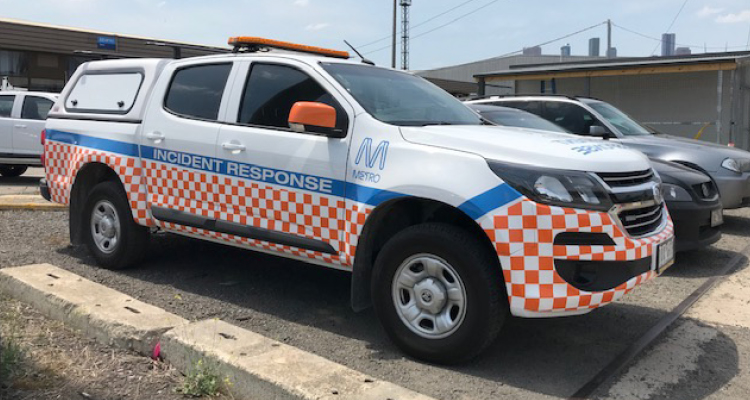
In planning the next steps for your fleet, it helps to know what vehicles you need and how to make your budget go further. Discover how comprehensive data reporting and analysis can help you identify your transport needs and cut costs.
The data dilemma
In a hyper-connected, high-tech world, organisations now have access to all sorts of data to help them operate with greater efficiency and profitability and lower risk. The current global estimate for vehicles fitted with telematics devices stands at more than 100 million. Designed to capture a whole range of data, including location updates, fuel consumption and driver behaviour, this technology has the potential to provide the information organisations need to get the best use and value from their fleet, and flag potential risks. But a high volume of data can sometimes bring more confusion than clarity to the table. In the McKinsey & Company 2018 'Driving value from fleet telematics' report, it is noted “Telematics data tells you what your vehicles – and drivers – are doing, not how to optimise your business. Companies therefore need people who can interpret the data, identify opportunities for performance improvement, and make the necessary decisions to capture those opportunities.”
A right-sized fleet
Metro Trains were facing a problem of this nature with the flood of data from their 650+ vehicle fleet. Fleet Manager Lukas Stevens knew he had the data he needed to streamline the inventory to better suit their needs. In approaching Interleasing, he was looking for expert support to find the story hidden in the numbers. “The Interleasing team pulled together the raw data and produced valuable insights from it,” says Lukas. “This enabled us to see where our budget was going, come up with benchmark pricing for vehicles and a realistic target for reducing costs. It was also important to know which vehicles were in demand and which were underused. As we have a high number of vehicles due for replacement each month, it makes a big difference knowing what we do and don’t need in our fleet.”
Enhancing fleet safety policy
Data analysis and best-practice insights from Interleasing have also supported Lukas in tightening up their fleet policy in several important areas. “Reconciling information from our incident, claims and infringement reporting with data on driver behaviour is a complex task but one that’s worth doing to lift safety standards,” says Lukas. “Interleasing are now in the process of compiling and analysing all these inputs. Then we can present these to our safety team as the basis for recommended changes to our policies. These findings will help guide drivers towards safer conduct which can only be better for our employees and our organisation as a whole.”
The value of a no-gaps fleet strategy
As well as supporting safer practices, access to relevant data and industry expertise can also close other gaps in your fleet strategy and budget. Outsourcing supply of vehicles to a fleet partner can bring the benefits of purchasing power to secure competitive pricing and keep your fleet budget on target. For an organisation like Metro Trains who have a high demand for customised and commercial vehicles, having Interleasing handle the whole procurement process enabled Lukas to streamline the fleet while ensuring all vehicles were fit-for-purpose. “Our inventory was very much a mixed bag,” says Lukas. “We needed a standard base vehicle we could customise to suit the needs of different business units. Interleasing played a central role in developing a specification, sourcing options and delivering a solution for a competitive price.”
Discover what a best-practice approach can do for your fleet


